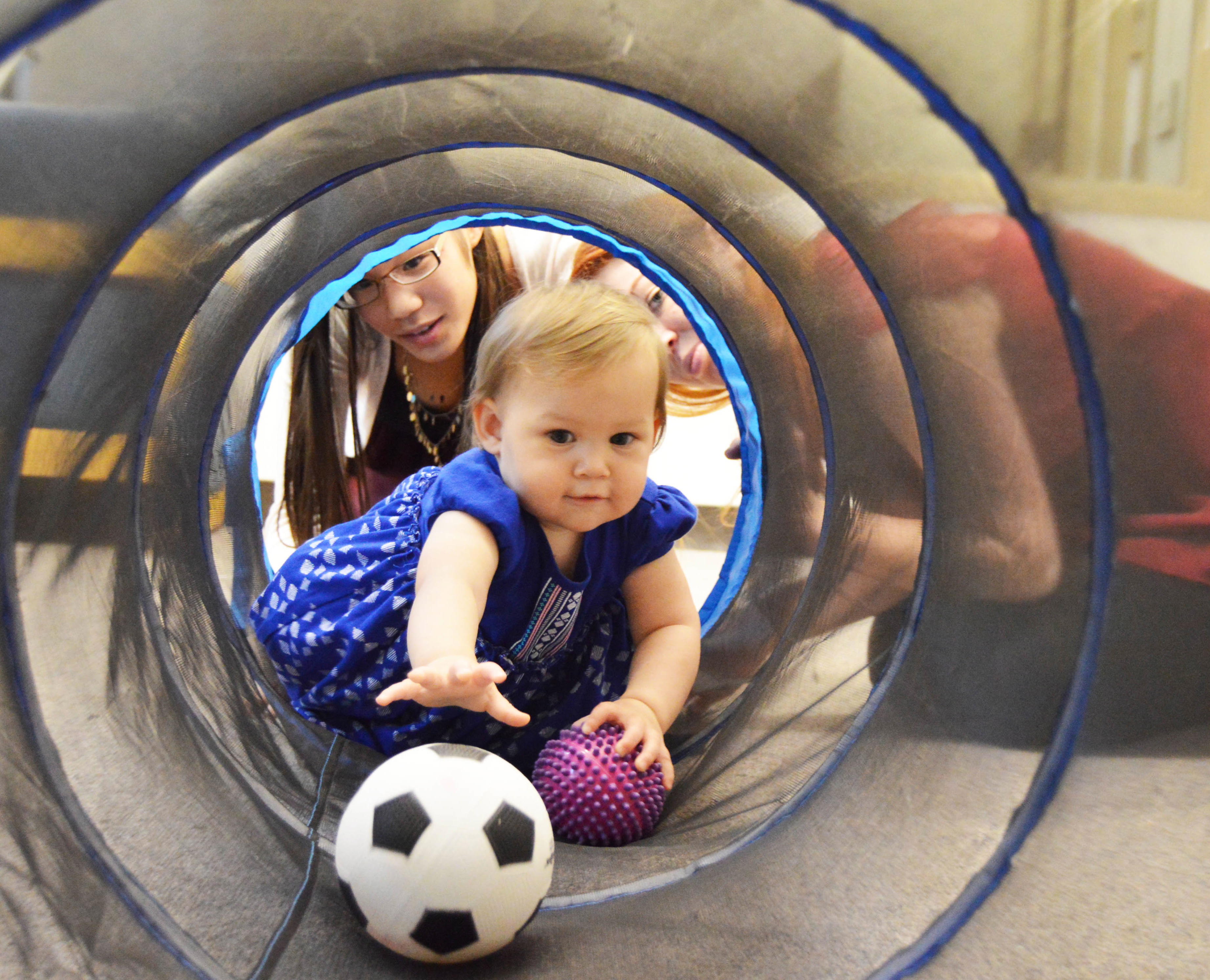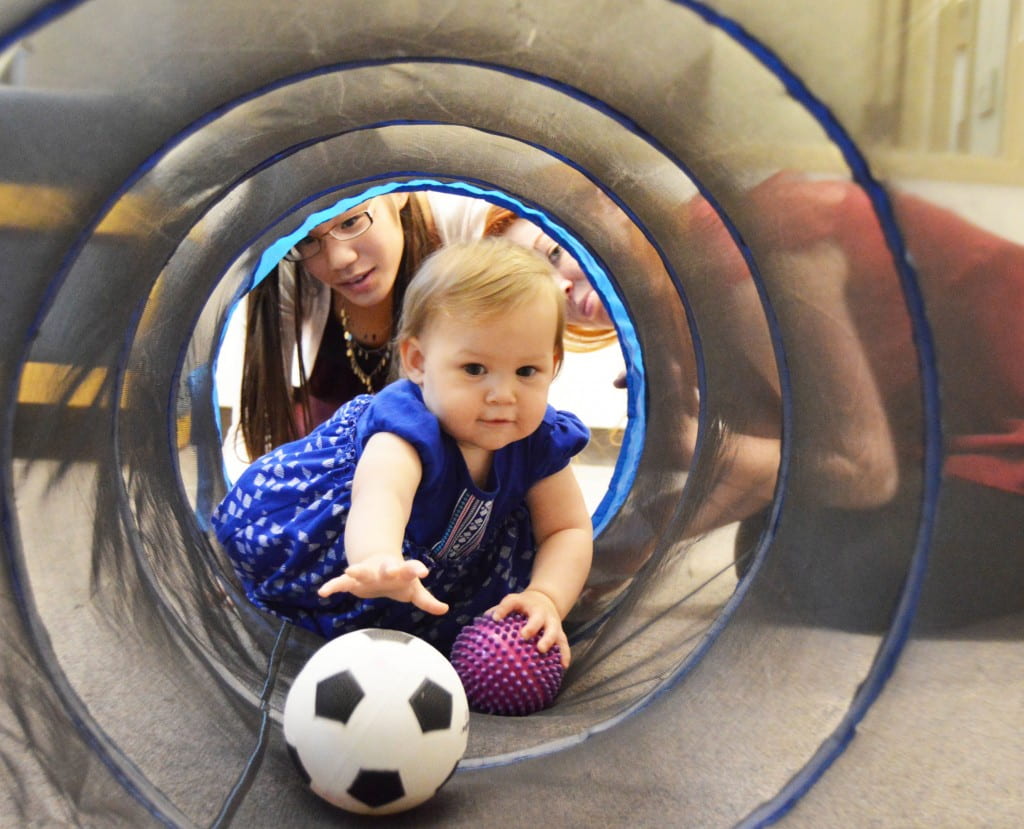Basch, S., & Wang, S. (2024). Causal learning by infants and young children: From computational theories to language practices. Wiley Interdisciplinary Reviews Cognitive Science. https://doi.org/10.1002/wcs.1678
Antrilli, N. K., & Wang, S. (2023). Tangible and digital materials for spatial play: Exploring the effects on parental talk and children's spatial reasoning. British Journal of Educational Technology, 54, 642-661. doi: 10.1111/bjet.13269.
Duh, S., Goldman, E. J., & Wang, S. (2023). The role of intentionality in infants’ prediction of helping and hindering. Journal of Cognition and Development, 24, 105-128. doi: 10.1080/15248372.2022.2124259
Basch, S., Covarrubias, R., & Wang, S.-h. (2022). Minoritized students’ experiences with pandemic-era remote learning inform ways of expanding access. Scholarship of Teaching and Learning in Psychology. Advance online publication. https://doi.org/10.1037/stl0000330
Wang, S., Lang, N., Bunch, G. C., Basch, S., McHugh, S. R., Huitzilopochtli, S., & Callanan, M. (2021). Dismantling persistent deficit narratives about the language and literacy of culturally and linguistically minoritized children and youth: Counter-possibilities. Frontiers in Education, 6, 1-19. doi: 10.3389/feduc.2021.641796
Zhang*, Y., Wang*, S., & Duh, S. (2021). Directive guidance as a cultural practice for learning in Chinese-heritage babies. Human Development, 65, 121-138. doi: 10.1159/000517081 *These authors contributed equally to this work.
Duh, S., & Wang, S. (2019). Infants detect patterns of choices despite counter evidence, but timing of inconsistency matters. Journal of Cognition and Development, 20, 96-106. PDF
Duval, J., Segura, E., Goldman, E. J., Wang, S., & Kurniawan, S. (2019). Using connected learning design principles to further co-create a critical speech therapy game. Proceedings of the 2019 Connected Learning Summit, 31-38. PDF
Goldman, E. J., & Wang, S. (2019). Comparison facilitates the use of height information by five-month-olds in containment events. Developmental Psychology, 55, 2475–2482. PDF
Wang, S. (2019). Regularity detection and explanation-based learning jointly support learning about physical events in early infancy. Cognitive Psychology, 113, 1-26. PDF
Antrilli, N. K., & Wang, S. (2018). Toddlers on touchscreens: Immediate effects of gaming and physical activity on cognitive flexibility of 2.5-year-olds in the U.S. Journal of Children and Media, 12, 496-513. PDF
Duval, J., Rubin, Z., Goldman, E. J., Antrilli, N. K., Zhang, Y., Wang, S., & Kurniawan, S. (2017). Designing towards maximum motivation and engagement in an interactive speech therapy game. Proceedings of the 2017 Conference on Interaction Design and Children, 589–594. DOI: https://doi.org/10.1145/3078072.3084329
Wang, S. (2017). The fluid construction of spatial concepts in infancy. Human Development, 60, 186-192. PDF
Wang, S., & Onishi, K. H. (2017). Enhancing young infants’ representations of physical events through improved retrieval (not encoding) of information. Journal of Cognition and Development, 18, 289-308. PDF
Antrilli, N. K., & Wang, S. (2016). Visual cues generated during action facilitate 14-month-old infants’ mental rotation. Journal of Cognition and Development, 17, 418-429. PDF
Wang, S., & Goldman, E. J. (2016). Infants actively construct and update their representations of physical events: Evidence from change detection by 12-month-olds. Child Development Research, 2016, 1-11. DOI: 10.1155/2016/3102481
Wang, S., Zhang, Y., & Baillargeon, R. (2016). Young infants view physically possible support events as unexpected: New evidence for rule learning. Cognition, 157, 100-105. DOI: 10.1016/j.cognition.2016.08.021 PDF
Rigney, J., & Wang, S. (2015). Delineating the boundaries of infants’ spatial categories: The case of containment. Journal of Cognition and Development, 16, 420-441. PDF
Duh, S., & Wang, S. (2014). Infants detect changes in everyday scenes: The role of scene gist. Cognitive Psychology, 72, 142-161. PDF
Frick, A., & Wang, S. (2014). Mental spatial transformations in 14- and 16-month-old infants: Effects of action and observational experience. Child Development, 85, 278-293. PDF
Hoicka, E., & Wang, S. (2011). Fifteen-month-olds match vocal cues to intentional actions. Journal of Cognition and Development, 12, 1-16. PDF
Wang, S. (2011). Priming 4.5-month-old infants to use height information by enhancing retrieval. Developmental Psychology, 47, 26-38. PDF
Wang, S., & Mitroff, S. R. (2009). Preserved visual representations despite change blindness in infants. Developmental Science, 12, 681-687. PDF
Wang, S., & Baillargeon, R. (2008). Can infants be "taught" to attend to a new physical variable in an event category? The case of height in covering events. Cognitive Psychology, 56, 284-326. PDF
Wang, S., & Baillargeon, R. (2008). Detecting impossible changes in infancy: A three-system account. Trends in Cognitive Sciences, 12, 17-23. PDF
Wang, S., & Kohne, L. (2007). Visual experience enhances infants' use of task-relevant information in an action task. Developmental Psychology, 43, 1513-1522. PDF
Wang, S., & Baillargeon, R. (2006). Infants' physical knowledge affects their change detection. Developmental Science, 9, 173-181. PDF
Baillargeon, R., Li, J., Luo, Y., & Wang, S. (2006). Under what conditions do infants detect continuity violations? In Johnson, M. H., & Munakata, Y. (Eds.), Processes of Change in Brain and Cognitive Development (Attention and Performance XXI, pp. 163-188). New York: Oxford University Press.
Cho, G.E., Sandel, T., Miller, P.J., & Wang, S. (2005). What do grandmothers think about self-esteem? American and Taiwanese theories revisited. Social Development, 14, 701-721.
Wang, S., & Baillargeon, R. (2005). Inducing infants to detect a physical violation in a single trial. Psychological Science, 16, 542-549. PDF
Wang, S., Baillargeon, R., & Paterson, S. (2005). Detecting continuity violations in infancy: A new account and new evidence from covering and tube events. Cognition, 95, 129-173.
Wang, S., Baillargeon, R., & Brueckner, L. (2004). Young infants' reasoning about hidden objects: Evidence from violation-of-expectation tasks with test trials only. Cognition, 93, 167-198.
Miller, P. J., Hengst, J. A., & Wang, S. (2003). Ethnographic methods: Applications from developmental cultural psychology. In P.M. Camic, J.E. Rhodes, & L. Yardley (Eds.), Qualitative research in psychology: Expanding perspectives in methodology and design (pp. 219-242). Washington DC: APA.
Wang, S., Kaufman, L., & Baillargeon, R. (2003). Should all stationary objects move when hit? Developments in infants' causal and statistical expectations about collision events. Infant Behavior & Development, 26, 529-567.
Baillargeon, R., & Wang, S. (2002). Event categorization in infancy. Trends in Cognitive Sciences, 6, 85-93.
Miller, P. J., Wang, S., Sandel, T., & Cho, G. E. (2002). Self-esteem as folk theory: A comparison of European American and Taiwanese mothers' beliefs. Parenting: Science and Practice, 2, 209-239.

